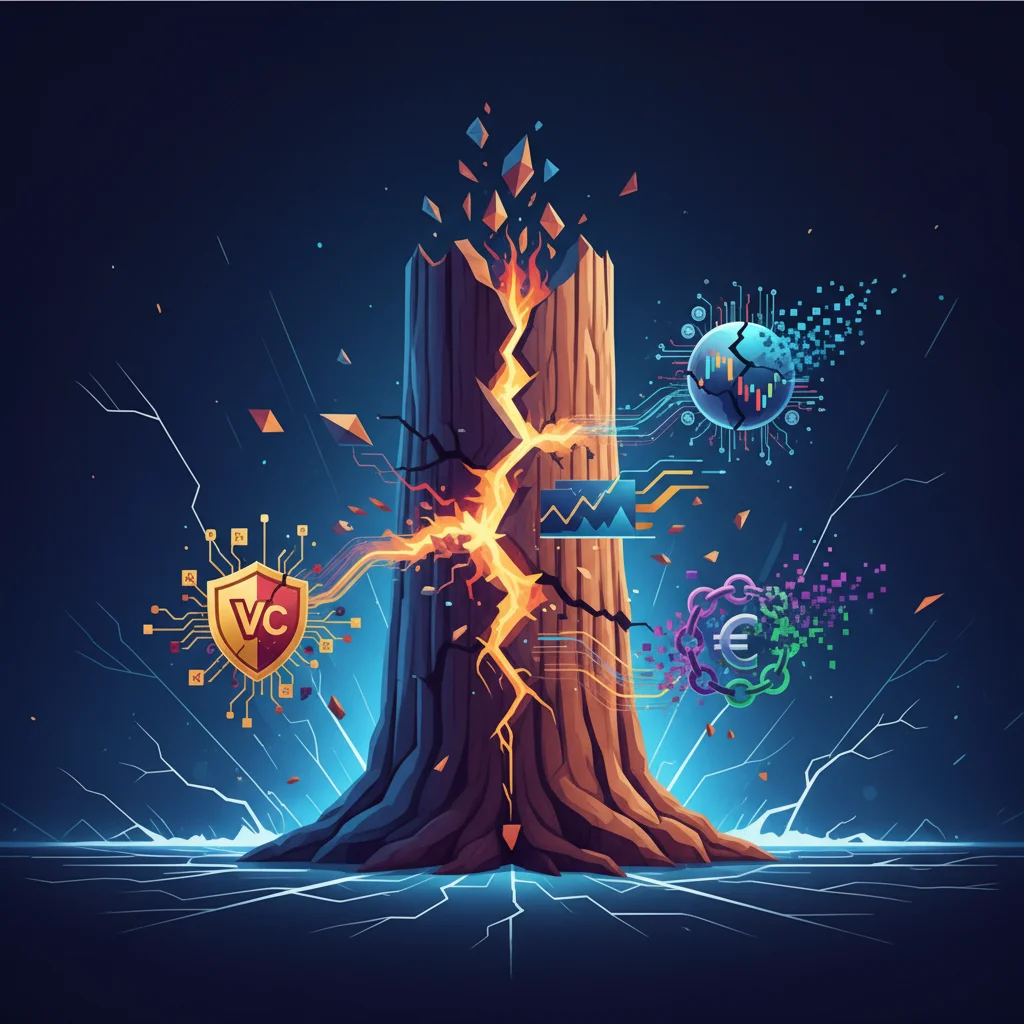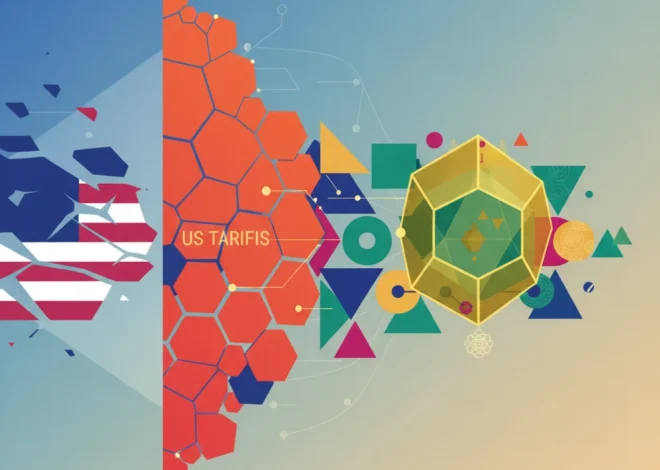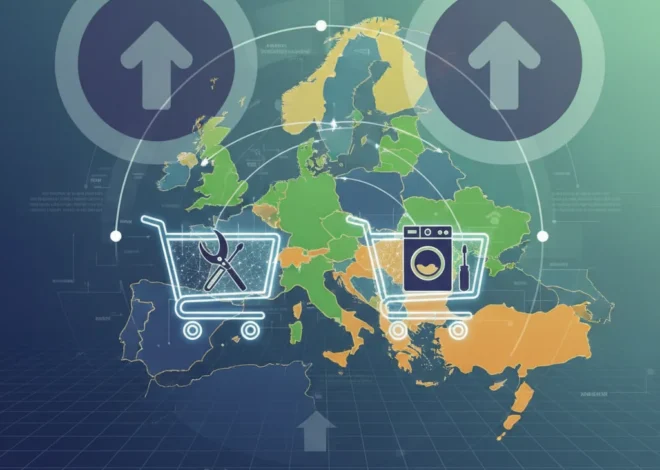
Sequoia’s Seismic Split: Decoding the Fractures in Global Finance
In the intricate world of high-stakes finance, tectonic shifts often begin with subtle tremors. Recently, the landscape has been rocked by three seemingly disconnected events: a legendary venture capital firm fracturing along geopolitical lines, a flood of private equity cash into the long-dormant Japanese market, and a bafflingly complex deal to secure the future of a nuclear energy giant. These are not isolated incidents. They are powerful signals of a new, more fragmented, and strategically complex era for global investing. From Silicon Valley to Tokyo, the old playbook is being torn up, and understanding these shifts is crucial for anyone involved in finance, technology, or the broader global economy.
This post will dissect these three pivotal stories, revealing the undercurrents reshaping the flow of capital, the nature of deal-making, and the future of international business collaboration. We’ll explore the internal turmoil at Sequoia Capital, the strategic gold rush in Japan, and the creative financial engineering required to power our energy future.
The Great Decoupling: Why Sequoia Capital is Breaking Up
For decades, Sequoia Capital has been the undisputed king of venture capital. With a portfolio that reads like a hall of fame of modern technology—Apple, Google, Airbnb, Stripe—its brand was a global seal of approval, a unified force shaping the future of financial technology and beyond. That unified front has now shattered. In a move that sent shockwaves through the investing world, Sequoia announced it is splitting into three distinct, independent entities: Sequoia Capital (covering the US and Europe), HongShan (formerly Sequoia China), and Peak XV Partners (formerly Sequoia India and Southeast Asia) (source).
On the surface, the firm cited brand confusion and portfolio conflicts. But the real driver is the powerful force of geopolitics. The escalating rivalry between the United States and China has made operating a single, cohesive global VC firm nearly impossible. Limited Partners (the institutional investors who provide the capital for VC funds) in the US are increasingly wary of their money funding Chinese tech, while Chinese regulators are equally suspicious of US influence. The balancing act became untenable.
This strategic divergence was highlighted by a moment of “tweeting turmoil,” when Sequoia’s new leader, Roelof Botha, posted a video montage featuring imagery that included the US military. While seemingly innocuous, it sparked internal debate, underscoring the cultural and political chasm that had grown between the firm’s regional branches. What plays as patriotic in Silicon Valley can be seen as provocative in Beijing.
The split formalizes a reality that has been developing for years: the world’s two largest economies are on different technological and economic tracks. For a firm like Sequoia, whose success relies on frictionless global collaboration and capital flow, the new world order demanded a new structure.
To better understand this transformation, here is a breakdown of the old and new Sequoia structure:
| Previous Structure (Unified) | New Structure (Independent Entities) | Geographic Focus |
|---|---|---|
| Sequoia Capital (Global) | Sequoia Capital | United States & Europe |
| Sequoia China | HongShan | China |
| Sequoia India & Southeast Asia | Peak XV Partners | India & Southeast Asia |
This isn’t just a rebranding exercise; it’s a fundamental restructuring that will have long-term consequences for the fintech and blockchain startups that rely on venture funding. The era of a single, globalized venture capital ecosystem is over, replaced by a multipolar world of regional champions. Beyond the Boardroom: Sweden's Blueprint for Investor Power in the Digital Age
Private Equity’s Land of the Rising Sun
While venture capital grapples with geopolitical division, another corner of the finance world is rediscovering an old flame: Japan. For years, Japan was considered a frustrating market for foreign investors, characterized by complex corporate structures, resistance to change, and a stagnant economy. Today, it’s the hottest ticket in town for private equity.
The most prominent example is the blockbuster ¥2tn ($15bn) deal to take industrial conglomerate Toshiba private, led by the domestic fund Japan Industrial Partners (JIP). This isn’t an isolated event. Global giants like Bain Capital and KKR are pouring billions into the country, drawn by a confluence of favorable conditions that have turned Japan into a prime hunting ground for value.
So, what changed? Several key factors are driving this investment boom:
| Driver | Impact on Investing |
|---|---|
| Corporate Governance Reform | The Tokyo Stock Exchange is pressuring companies with low price-to-book (PBR) ratios to improve shareholder returns, making them more receptive to PE takeovers and restructuring. |
| Weak Yen | For foreign investors holding US dollars, Japanese assets are effectively on sale, making valuations incredibly attractive. |
| Stable Environment | Compared to the geopolitical volatility in the US and China and economic uncertainty in Europe, Japan offers a stable, predictable, and low-inflation environment for long-term capital deployment. |
| Undervalued “Non-Core” Assets | Many large Japanese conglomerates have high-performing but non-essential divisions that PE firms can carve out, optimize, and sell for a profit. |
The success of KKR’s investment in Hitachi Kokusai’s chipmaking equipment unit, which it later sold to Applied Materials, provided a powerful proof of concept. It showed that foreign private equity could successfully navigate Japan’s corporate culture and unlock significant value. This shift has profound implications for Japan’s stock market and its broader economy, potentially unleashing a new wave of efficiency and innovation. The Peril of Prosperity: When Economic Blueprints Ignite Geopolitical Firestorms
The $20 Billion Nuclear Puzzle
Our final story takes us into the complex and capital-intensive world of nuclear energy, with a deal structure so intricate it would make a Wall Street banker’s head spin. Canadian uranium producer Cameco and Canadian asset manager Brookfield are in the process of acquiring Westinghouse Electric, a cornerstone of the American nuclear industry.
Here’s the puzzle: The deal values Westinghouse at approximately $8bn. However, the company is burdened with what the original article describes as a potential $20bn nuclear energy puzzle related to its long-term liabilities and project costs. The seller is a private equity fund also managed by… Brookfield. In essence, Brookfield is buying a major asset from itself, albeit from a different pocket.
Why such a convoluted arrangement? The answer lies in the fundamental mismatch between the nature of nuclear energy and the structure of traditional private equity. PE funds typically have a 7-10 year investment horizon. They buy a company, streamline it, and sell it for a profit. Nuclear power plants, however, are 60-year assets requiring massive, long-term, patient capital. A traditional PE fund is simply the wrong tool for the job.
This deal represents a new model for financing critical long-term infrastructure. By moving Westinghouse from a time-limited private equity fund into a longer-term vehicle co-owned with a strategic industry player (Cameco), Brookfield is creating a more stable ownership structure suited to the nuclear industry’s timeline. This is a critical innovation in banking and finance, as the world looks to fund the multi-trillion-dollar energy transition. It’s a recognition that the old models of trading and short-term value extraction are insufficient for the challenges ahead.
This creative approach to financial technology and deal-making could become a blueprint for funding other large-scale projects, from high-speed rail to new forms of energy production. The Trillion-Dollar Question: Is High Public spending the Real Threat to Our Economy?
Conclusion: A New Map for a New World
The fracturing of Sequoia, the PE gold rush in Japan, and the creative financing of Westinghouse are not just disparate headlines. They are interconnected chapters in the story of a global economy in transition. Together, they paint a picture of a world where:
- Geopolitics dictates capital flow. The globalized, “flat” world of investing is being replaced by regional power blocs with distinct economic and technological ecosystems.
- Value is being found in overlooked markets. As traditional growth markets become saturated and politically complex, patient investors are finding immense opportunity in stable, undervalued economies like Japan.
- Financial innovation is essential. The world’s biggest challenges, like the energy transition, require new financial structures that move beyond the limitations of traditional banking and private equity.
For investors, entrepreneurs, and business leaders, navigating this new terrain requires a shift in mindset. Success will no longer be about simply chasing the highest growth at any cost, but about understanding regional dynamics, appreciating political stability, and developing the creative financial tools to build lasting value in a more complex and fragmented world.


